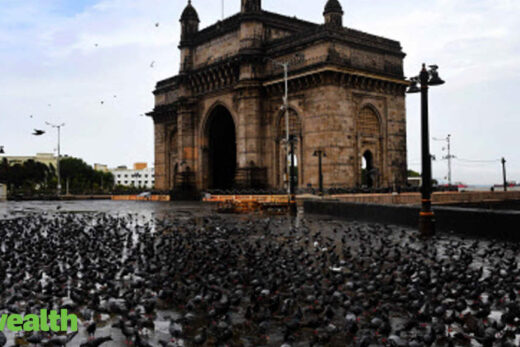The NARC would help reduce sticky assets exposure to 1.8% – 2.3% of total loans, Boston Consulting Group said.
Asset quality is still a major concern for many Indian banks even as non-performing assets (NPA), on average, could be contained, the global consultancy firm said.
“The second wave of the coronavirus pandemic poses risk to asset quality even as banks retain healthy provisioning buffers,” said .
Banks have identified 22 bad loans totaling Rs 89,000 crore to be transferred to the NARC in the initial phase,
Managing Director Rajkiran Rai had said earlier this month.
The bad bank was proposed in the Union Budget for 2021-22.
In the last financial stability report released in January, the central bank said that banks’ gross non-performing assets may rise to 13.5% by September 2021 from 7.5% as of September 2020. In the event of extreme stress, the ratio could rise to 14.8%.
Former Reserve Bank of India deputy governor Rakesh Mohan has also warned that higher stress on assets in the banking system threatens financial stability.
The BCG report also said that bad loans sold to asset reconstruction companies (ARCs) as a proportion of banking system stressed assets increased to about 34% at the end of FY20, up from 25% in FY18, with banks taking a much higher haircut on these sales.
Haircuts on sales to ARCs have risen to 66% in FY20 compared to 62% in the prior financial period, it observed.
Recoveries through various channels have bounced back to about 16% in FY20 from decadal lows of about 10% in FY16 before the pandemic struck. Recoveries through National Company Law Tribunals backed by the Insolvency & Bankruptcy Code alone led to over 50% of systemic recoveries with a relatively higher recovery rate of 45–50% compared to other channels, BCG said.
India’s banking industry turned profitable in FY21 largely due to decade low fixed deposit rates and better asset quality management. Several public sector banks reported annual profits after five consecutive years of losses.
Higher net interest margins reported by banks in FY21 were driven by reduction in cost of funds with new-generation private banks outperforming their peers on this count, the report said. Private sector banks have gained around 10% market share across loans and deposits from public banks in the past five years.



